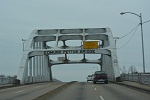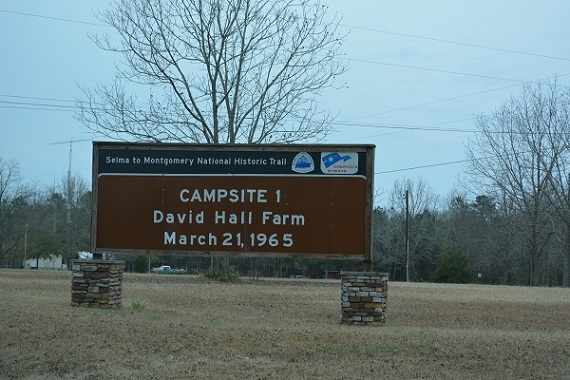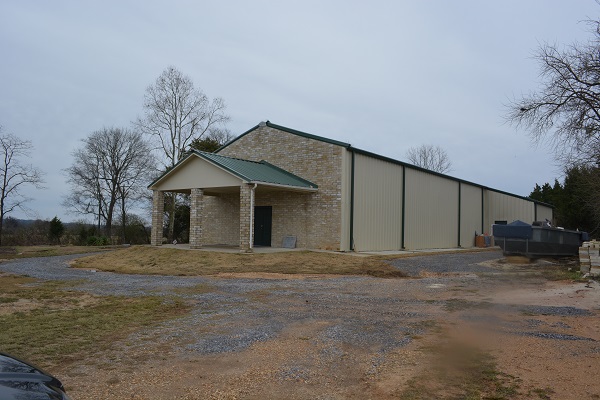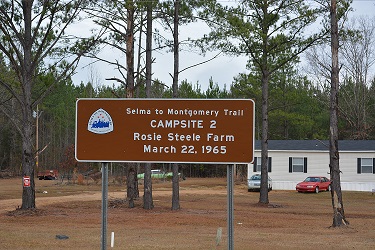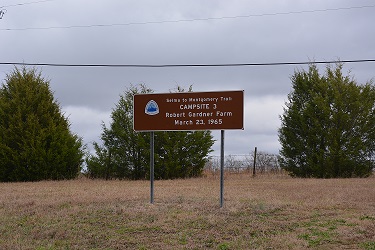SOURCE: WIKEPEDIA
| NAME OF EVENT | DESCRIPTION |
| Selma To Montgomery March | Selma to Montgomery marches were three protest marches, held in 1965, along the 54-mile (87 km) highway from Selma, Alabama, to the state capital of Montgomery. The marches were organized by nonviolent activists to demonstrate the desire of African-American citizens to exercise their constitutional right to vote, in defiance of segregationist repression; they were part of a broader voting rights movement underway in Selma and throughout the American South. By highlighting racial injustice, they contributed to passage that year of the Voting Rights Act, a landmark federal achievement of the civil rights movement. |
| Reason For the march | On February 26, 1965, activist and deacon Jimmie Lee Jackson died after being shot several days earlier by state trooper James Bonard Fowler, during a peaceful march in nearby Marion, Alabama. To defuse and refocus the community’s outrage, James Bevel, who was directing SCLC’s Selma voting rights movement, called for a march of dramatic length, from Selma to the state capital of Montgomery. Bevel had been working on his Alabama Project for voting rights since late 1963. |
| Three Marches | 1. The first march took place on March 7, 1965, organized locally by Bevel, Amelia Boynton, and others. State troopers attacked the unarmed marchers after they passed over the county line, and the event became known as Bloody Sunday. 2. The second march took place March 9. Troopers, police, and marchers confronted each other at the county end of the bridge, but when the troopers stepped aside to let them pass, Dr Martin Luther King led the marchers back to the church. That evening, three white Unitarian Universalist ministers in Selma for the march were attacked on the street and beaten with clubs by four KKK members. The worst injured was Reverend James Reeb from Boston. Fearing that Selma’s public hospital would refuse to treat Reeb, activists took him to Birmingham’s University Hospital, two hours away. Reeb died on Thursday, March 11 at University Hospital, with his wife by his side. After this, President Lyndon Johnson, whose administration had been working on a voting rights law, held a historic, nationally televised joint session of Congress on March 15 to ask for the bill’s introduction and passage. With Governor Wallace refusing to protect the marchers, President Johnson committed to do so. 3. The third march started on March 21. Protected by 1,900 members of the Alabama National Guard under federal command, and many FBI agents and federal marshals, the marchers averaged 10 miles (16 km) a day along U.S. Route 80, known in Alabama as the “Jefferson Davis Highway”. The marchers arrived in Montgomery on March 24 and at the Alabama State Capitol on March 25. |
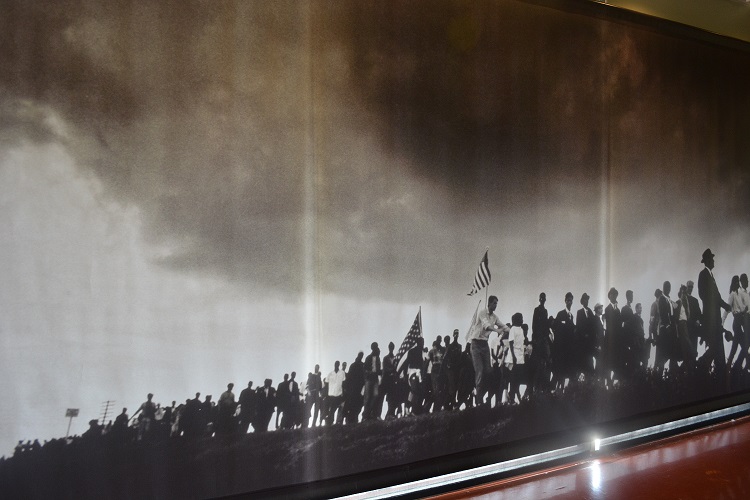
SELMA MARCH – VERY BLOODY SUNDAY
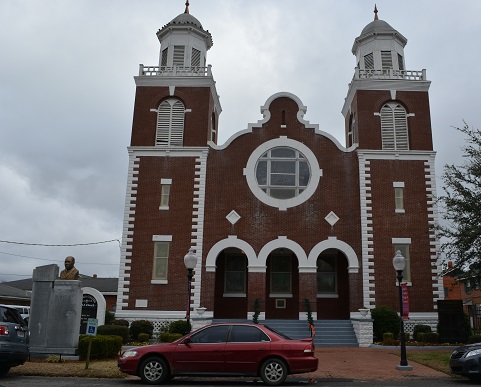
BROWN CHAPEL AME CHURCH 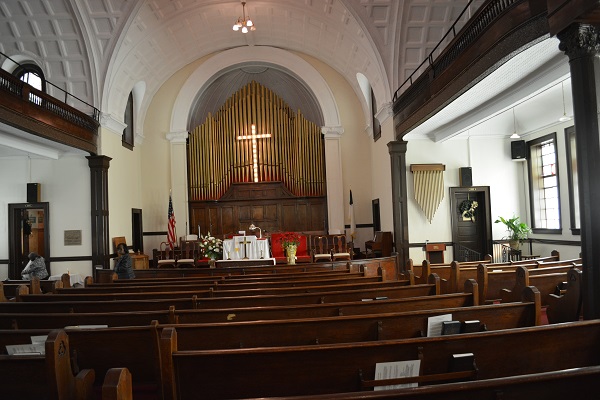
BROWN CHAPEL AME CHURCH
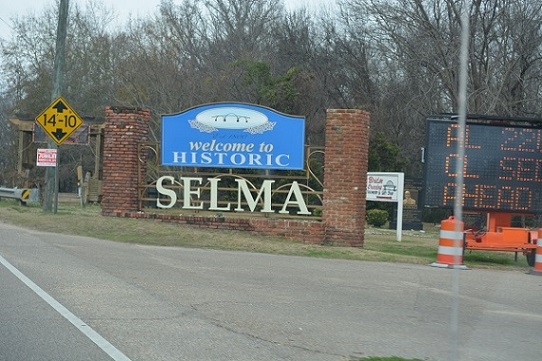
SELMA MARCH 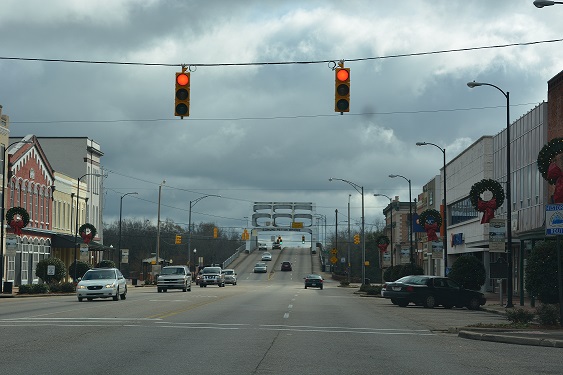
CITY OF SELMA PLUS EDMUND PETTIS BRIDGE BACKGROUND
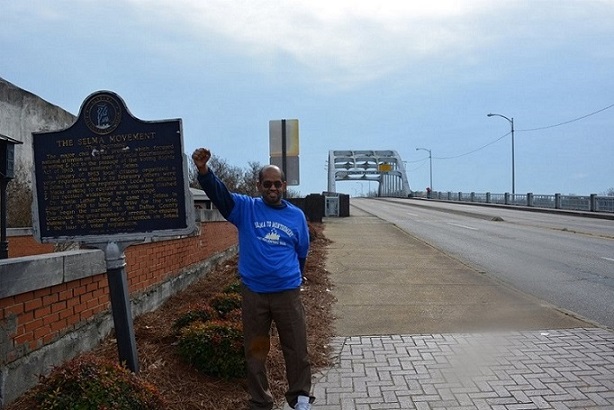
EDMUND PETTIS BRIDGE 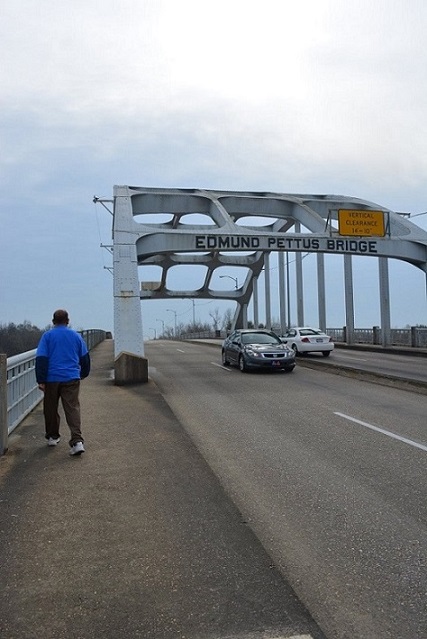
EDMUND PETTIS BRIDGE
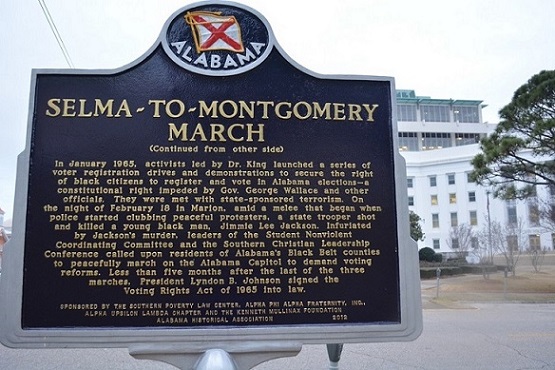
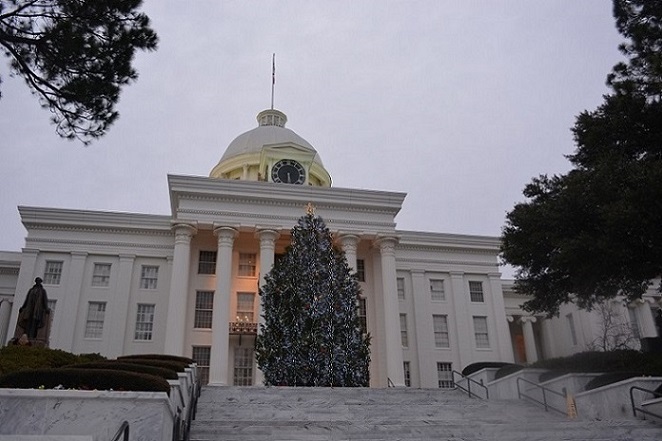
Capitol at Montgomery
There are multiple historic sites along the highway that was used for the Selma to Montgomery March. There is a Selma March Museum near the Camp Site 2. There is also a very good Museum of Voting Rights in Selma
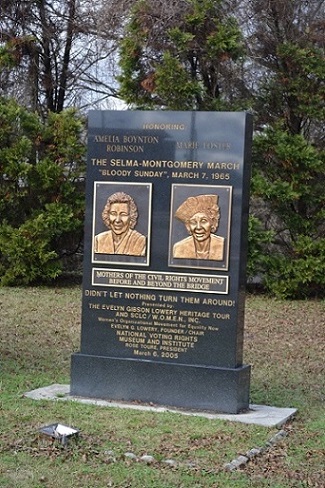
AMELIA BOYNTON 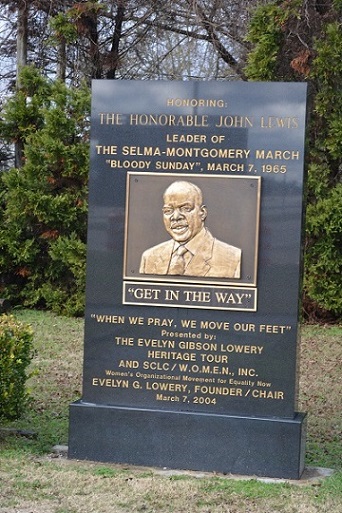
JOHN LEWIS PLAQUE
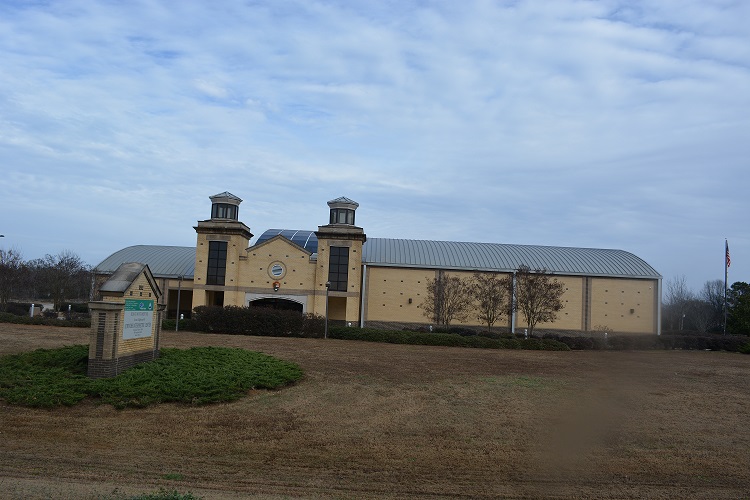
SELMA MUSEUM
NATIONAL VOTING RIGHTS MUSEUM
SELMA ,ALABAMA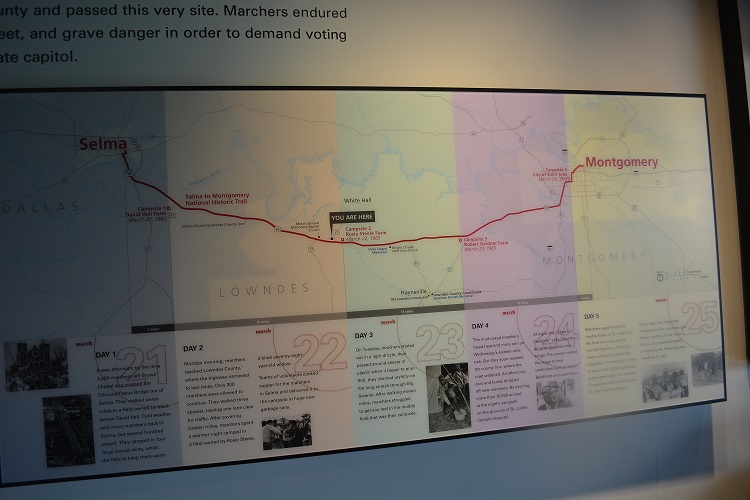
SELMA TO MONTGOMERY MAP
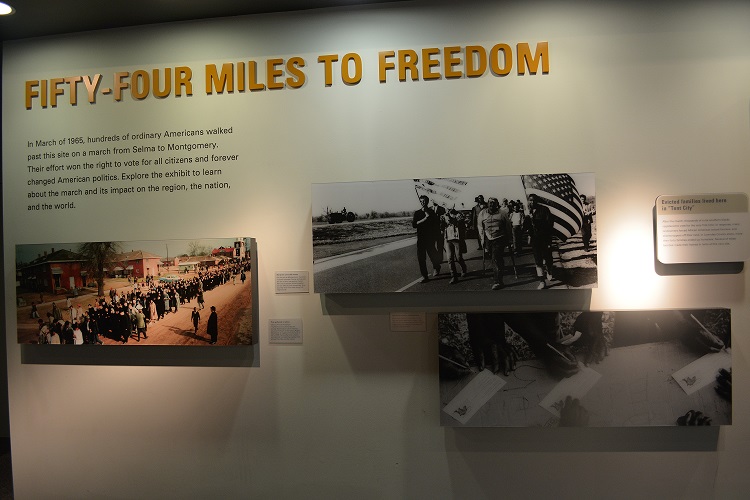
44 MILES TO FREEDOM 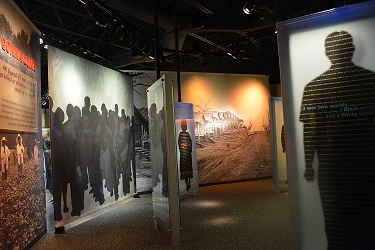
SELMA MARCH
NATIONAL VOTING RIGHTS MUSEUM
